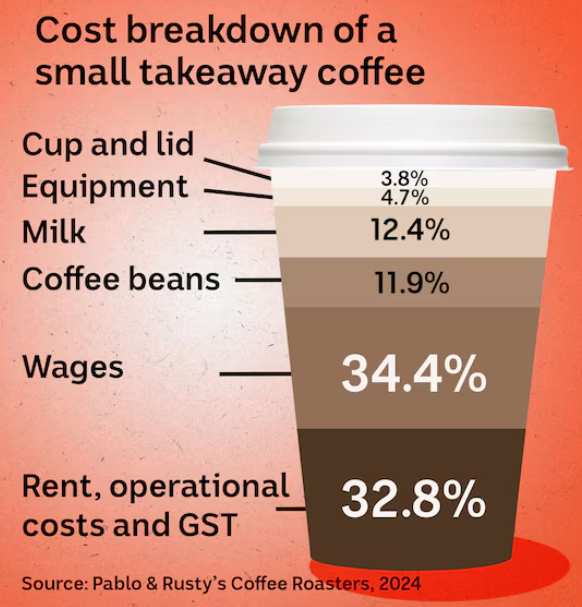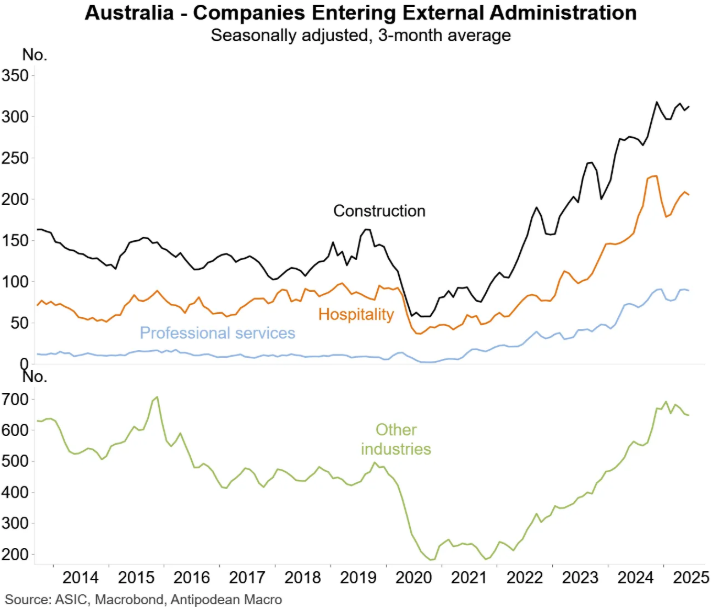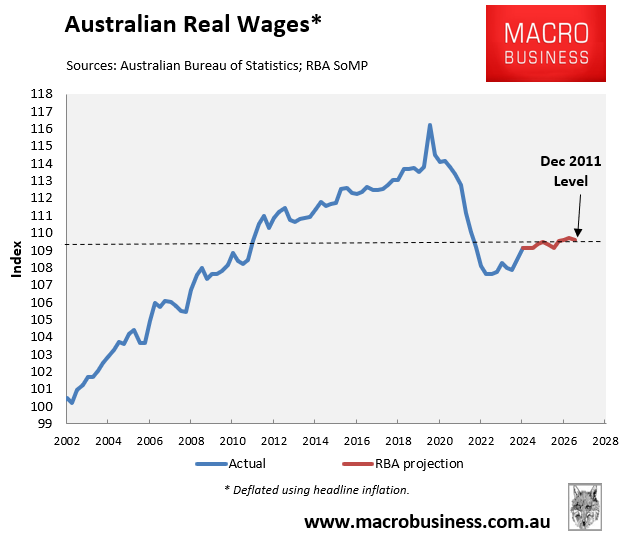Last month, I visited Harvey Norman in search of a replacement for my decade-old coffee machine.
The sales assistant told me that sales of home coffee machines were booming, presumably because cost-of-living concerns had made barista-made coffee from a cafe unaffordable.
I have also observed growing lines at the local Coles Express, where I regularly purchase $2 coffees after a morning school run.
Australia has become a nation of coffee lovers. Research by McCrindle revealed that around three-quarters of adult Australians drink at least one coffee a day.
However, with the cost of a barista-made coffee approaching $7 per cup, Australians are seeking alternatives.
It is easy to see why. One $7 cup of coffee a day would cost someone more than $2,500 a year. Double it for two barista-made coffees a day.
With coffee prices projected to continue rising, investing in a home coffee machine makes even more sense.
The other alternative is old-fashioned instant coffee, which appears to be making a comeback, especially among younger coffee drinkers.
CNBC reported that instant coffee giant Nescafé is targeting Gen Z, developing “solutions specifically to bring young people into the Nescafé brand”.
“Coffee is a big bet for Nestle, with Nescafé and sister brand Nespresso accounting for two of the company’s six key priorities for 2025”, CNBC reported.
All of which presents an existential threat to Australian cafes, which have expanded in number over recent decades and are now facing a harsh environment of soaring costs, including coffee beans, rents, labour, and energy.

IBIS World estimates that over 27,000 cafes are operating in Australia, employing approximately 140,000 people.
Competition is fierce, with multiple cafes frequently operating in the same locations. However, there is insufficient consumer demand to support them.
According to ASIC’s insolvency data, 2,475 hospitality businesses failed in 2024-25, a 48% rise over the previous year and 122% more than in 2022-23.

At the same time, Australians have experienced the sharpest decline in real wages on record, and the Reserve Bank of Australia has projected only a slow rebound in wages in the years ahead.

Soaring costs and a collapse in customer purchasing power have hit Australian cafes hard.
Many Australians simply cannot afford or refuse to pay more than $6 for a barista-made coffee. As a result, they are bypassing cafes for cheaper options, including brewing coffee at home or cheap, automated coffee from service stations and convenience stores.
If the average price of barista-brewed coffee does increase, as projected, to $8 or more, then the demand destruction that is already wreaking havoc on cafes would accelerate. There would be a significant increase in cafe closures and job losses.
Ultimately, cafe-made coffee is a discretionary purchase. Australians can easily seek alternatives or go without.
The two-decade boom in cafes has come to an end. Now brace for the bust as cafe numbers shrink to meet lower customer demand.

